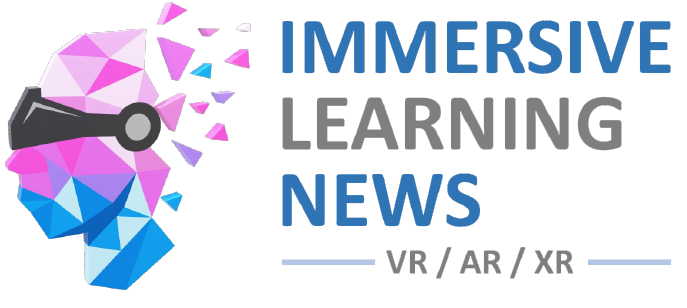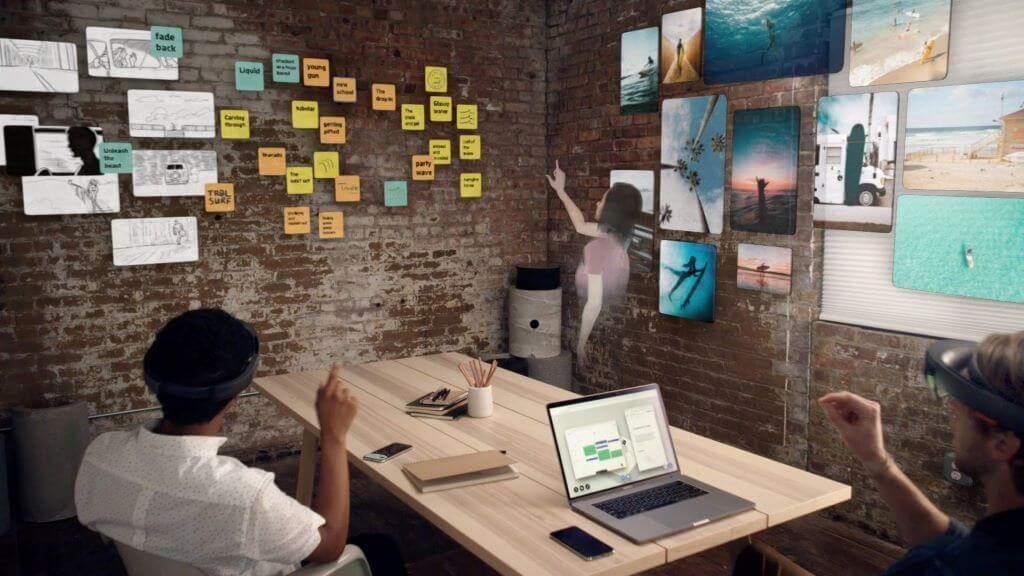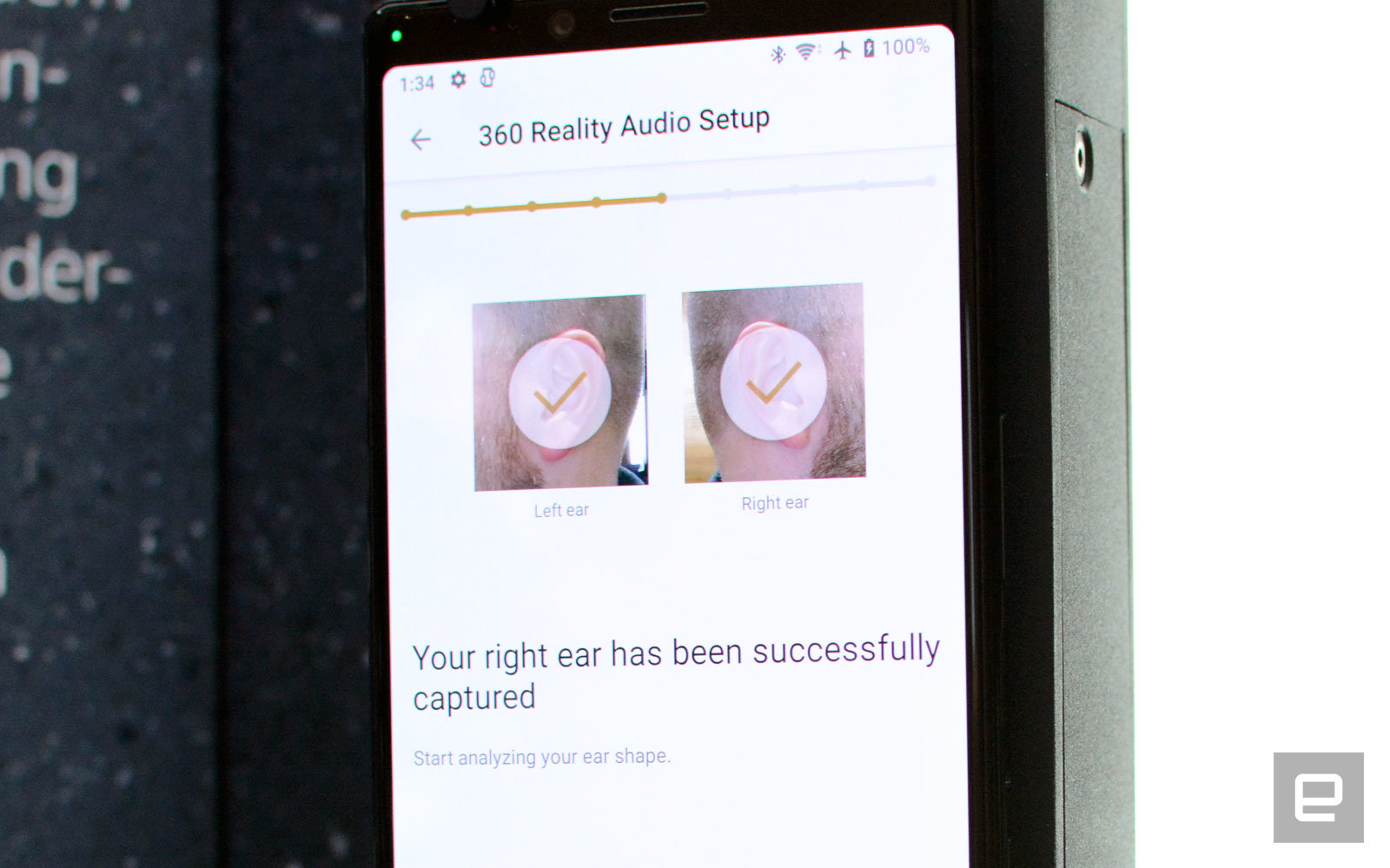Baby boomers are thrilled that the fictional Holodeck from Star Trek is now a real and functional immersive technology. What’s even more thrilling for them is the development of holographic technology they all marveled at in the Star Wars series. The younger generation might not be quite as familiar with these classic sci-fi movies, but they can relate to Wakanda holographic technology.
Obviously, we’re a long way off using this technology for intergalactic communication. But this technology is already developing in leaps and bounds and transforming the way we communicate across the globe. Today, emerging virtual communication technologies are bridging distances and breaking language barriers.
Bridging Vast Distances
In the last decade, we’ve seen an increasing number of business enterprises utilizing a remote workforce and collaborating with industry partners in other parts of the world. Augmented and mixed reality technologies unify the diverse global workforce and makes collaboration even more efficient.
Augmented reality and virtual reality take video conferencing to another level. Regardless of where they are located, everyone can gather in a virtual room through 3D holographic images. Hologram projectors can display lifelike avatars that allow remote users to brainstorm, share content, and collaborate in real time as if they were all in the same room.
One platform that uses this technology is Spatial. It turns any space into a shared augmented workplace. Remote workers use a Microsoft HoloLens 2 headset to teleport their presence and interact with others. The platform also enables sharing digital content into the immersive workspace.
Another application that uses immersive technology is Imerference. It combines real-life conference experience with an app-based augmented reality experience. During an immersive conference call, users can add sticky notes, create videos together, or doodle and draw objects to share their ideas.
Breaking Language Barriers
Another way XR technology is changing the way we conduct business is through real-time voice transliteration. This removes the language barrier in your global workforce. Google Translate already has such feature allowing instant two-way speech translation in 32 languages. Another app that works in a similar way is iTranslate. Integrated with holographic technology, these apps can transform the way we communicate across the globe.
To further narrow the limits in communication, developers are racing to create a prototype that uses augmented reality to translate sign language into spoken English and vice versa. However, sign language is complex and includes facial expressions, so it may take longer to develop this application. Still, the potential and the possibility of removing all language barriers is there.
The Future of Communication
Indeed, emerging virtual communication technologies will eradicate language barriers and unify the world. XR technology will enable the virtual teleportation of an entire office space and provide an immersive environment for all remote workers. Ultimately, it will enhance collaboration, increase productivity, and drive business growth.




